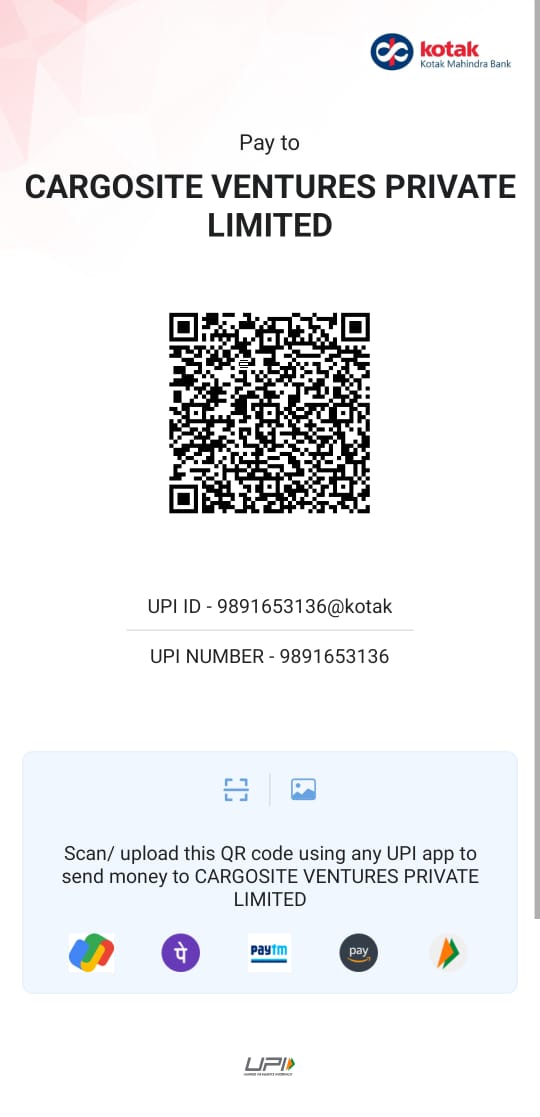Circular No. 55/2016-Customs
F. No. 450/25/2013-Cus IV (Pt)
Government of India
Ministry of Finance
Department of Revenue
Central Board of Excise & Customs
*****
Room 227B, North Block
New Delhi, dated the 23rd November, 2016
To
All Principal Chief Commissioners/Chief Commissioners of Customs/ Customs (Prev.)
All Principal Chief Commissioners/Chief Commissioners of Central Excise & Customs
All Principal Commissioners/Commissioners of Customs/ Customs (Prev.)
All Principal Commissioners/Commissioners of Central Excise, Customs
Madam/Sir,
Subject: Reducing/eliminating printouts in Customs Clearance - regarding
Government of India has taken-up a number of initiatives for promoting 'Ease of doing
business'. One of the ways to make cargo clearance easier is to reduce the use of paper and to
introduce electronic messaging and paperless processing. The Board seeks to ensure that the success
achieved over the years in advancing automated clearance processes, EDI messaging and digital
signatures translate into a paper-free environment, besides reducing transaction costs.
2. With the above objective to promote ease of doing business by reducing use of paper,
the Board has decided as under:
a. GAR7 forms/TR-6 Challans:
On completion of assessment of a Bill of Entry, the ICES generate a challan message, which is
transmitted to the designated bank branches through ICEGATE. At the beginning of the day, a
message is generated for those Bills of Entry, where duty payment is not done till the previous
day. At specific intervals, this message is also generated for Bills of Entry assessed during the
day. The importer, under ePayment logs in to the ePayment Gateway, selects the list of unpaid
challans, then selects the bank in which to make the ePayment. The system redirects the
importer to his bank for completing the ePayment transaction. The receipt, which is based on
payment confirmation by the bank, is generated by application at ICEGATE and transmitted
onward to ICES application.
At present, there are 3 copies of the GAR7 forms/TR-6 challans, being generated and printed
out along with the assessed copies of a Bill of Entry. 95% of the importers pay only through
e-Payment, where the challan information and payment confirmation are received
electronically. Further, ICEGATE, on its e-Payment Gateway, provides a list of all unpaid
Challans, for viewing & printing and can support Payment transactions. In the light of
foregoing, Board has decided that printout of GAR7 forms/ TR-6 challans is not required.
Therefore GAR7 forms/TR-6 challans would not be printed by default.
b. TP Copy
At present, in ICES, there is a module for processing transshipment cargo from a sea port to
ICD/CFS or to another seaport. Such transshipment can be by rail, road or sea. The
transshipment permit information is sent electronically to the carrier, the transporter
undertaking the transshipment, the custodian of the gateway port, and the ICES system at the
destination ICD or Port. Transshipment permit can also be printed by the carrier in his office or
in the custom house. Therefore, there does not remain need for printing the TP copy. However,
where the ICDs/CFSs and the gateway port are not interconnected, manual copy or printing of
TP copy may continue.
c. Shipping Bill (Exchange Control copy and Export Promotion copy)
After the Appraiser grants LEO (Let Export Order) in the system, printout of the Shipping
Bill is generated by the system in triplicate i.e. (i) Customs copy (ii) Exporter's copy and (iii)
Exchange Control Copy. The fourth copy namely the Export Promotion Copy is generated after
submission of EGM. Further, with regard to Shipping Bill:
a. detailed copy of the Shipping Bill is not required by the Authorised Dealer. It is
enough if a summary copy is printed.
b. CBEC provides copies of digitally signed Shipping Bills to DGFT.
c. The data of Shipping Bill is integrated with EDPMS (Export Data Processing and
Monitoring System) of RBI.
In the light of the above, printing of the Exchange Control copy and Export Promotion copy
of the Shipping Bill does not serve any useful purpose.
d. Bill of Entry (Exchange Control Copy)
IDPMS (Import Data Processing and Monitoring System) has been operationalised on
10.10.16. Under this system, physical transfer (Bill of Entry) of data from Customs/SEZs will
be collated with Import payments data from banks. Accordingly, transactions where the
amount has been remitted abroad but import for matching amount has not been evidenced, can
be easily identified and monitored. The outstanding entries are available in single database of
IDPMS and can be extracted for required monitoring by RBI, banks and enforcement
agencies. Accordingly, RBI decided that BEF half-yearly statement from banks to RBI for
monitoring of submission of BoE for more than USD 100000/- will be discontinued from half
year starting January 2017.
In view of the above systemic integration, RBI has decided to do away with the
requirement for the Banks to obtain a physical copy of Bill of Entry from the importer as an
evidence of import because data can be transferred in secured manner from the system of
Customs department to IDPMS. It has been, therefore, decided to discontinue the printing
of Exchange control copy of BoE unless there is a requirement of printing like in the case
of manual BoEs.
3. Though Board has decided to do away with the routine printing of above documents,
however, there could be cases where printing is necessitated for variety of reasons like manual BoEs,
insistence of importer, exporter etc. Board, therefore, desires that in such cases printouts may be
provided on demand.
4. The above instructions should be made operational from 1.12.16. It is requested that suitable
Public Notice be issued in this regard. Any difficulty in the implementation of this circular may be
brought to the notice of the Board.
Yours faithfully
(Zubair Riaz)
Director (Customs)

